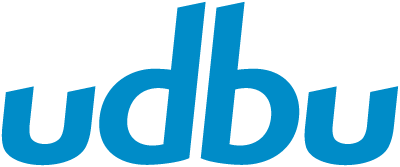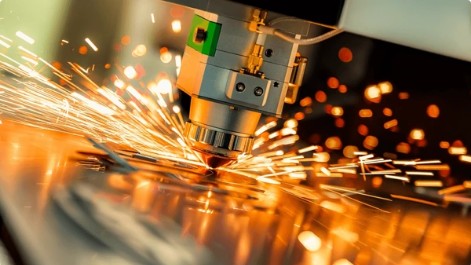Modern Large-Format Laser Cutting Technologies: A New Level of Manufacturing Efficiency
Modern Large-Format Laser Cutting Technologies: A New Level of Manufacturing Efficiency
How high-power lasers are transforming thick metal cutting
For decades, oxy-fuel and plasma cutting have been the backbone of heavy metal fabrication. These technologies remain strong, but ultra-powerful fiber lasers are now taking center stage, delivering speed, precision, and flexibility that were previously out of reach.
Lasers above 24 kW are no longer a rarity — they open up entirely new possibilities in cutting performance, edge quality, and process integration.
Power means productivity
The jump beyond 20–24 kW has reshaped what fiber lasers can do.
Modern systems now offer:
-
exceptionally high cutting speed on 10–25 mm plates;
-
optimized beam profiles for process stability;
-
flexible assist gas options, from pure nitrogen to mixed N₂/O₂.
Dual-fiber systems enable faster piercing and smoother cutting.
Bevel cutting: fewer secondary operations
Laser heads capable of tilting up to 50° allow for advanced bevel cutting — previously the domain of plasma.
Applications include:
-
weld-prep bevels (V, Y, K types);
-
countersinking;
-
complex multi-pass profiles.
The result is less grinding, fewer setups, and a shorter production cycle.
Multi-functional laser systems: cutting, drilling, threading
Modern gantry systems can combine laser cutting with drilling and tapping.
The workflow:
-
Drill and tap holes;
-
Cut contours with the laser.
This eliminates standalone drilling stations and reduces handling, while the low thermal load of the laser prevents part deformation.
Two heads are better than one
With power sources above 20–30 kW, it’s possible to split the beam between two cutting heads.
A 24 kW source can drive:
-
one 24 kW head for thick plates, or
-
two 12 kW heads for parallel cutting of thinner materials.
The result — up to double the productivity on long tables and more flexible production.
Automation and digital integration: the Industry 4.0 approach
High power delivers its full potential only within an automated workflow.
Tower storage systems, robotic unloading, and data-driven monitoring enable continuous operation with minimal downtime.
Digital tools now track:
-
consumable usage and wear;
-
preventive maintenance schedules;
-
performance analytics for every cut.
This forms the backbone of smart manufacturing.
Combining laser, plasma, and oxy-fuel
Even with rapid advances, the laser is not a total replacement.
For ultra-thick plates (>50 mm), plasma and oxy-fuel remain more cost-effective.
However, when precision, repeatability, and minimal post-processing matter, the laser is the clear winner.
Looking ahead
-
Power levels reaching 40–60 kW and beyond;
-
Full integration with CAD/CAM and ERP systems;
-
Smart consumables with RFID tracking;
-
Fully robotized and lights-out operation.
Conclusion
Large-format laser cutting is evolving rapidly.
With 24+ kW lasers, dual-head systems, integrated drilling, and full automation, these solutions are becoming the core of modern fabrication lines.
For companies adopting such technologies now, it’s a strategic advantage — greater speed, precision, and efficiency at lower total cost.
UDBU closely follows these developments and supports the adoption of advanced laser technologies across Europe’s metal fabrication sector.

